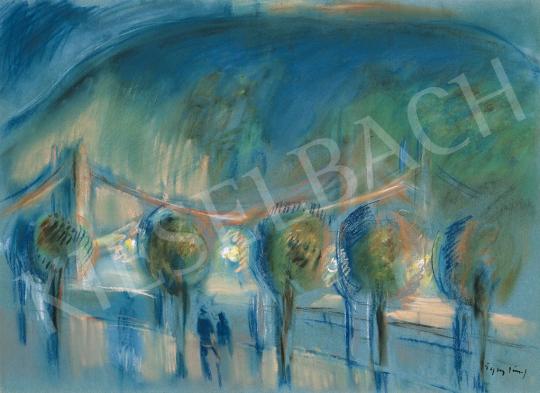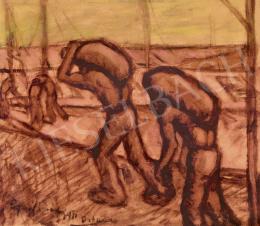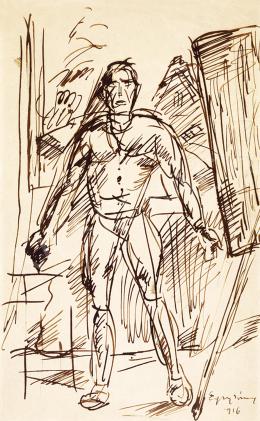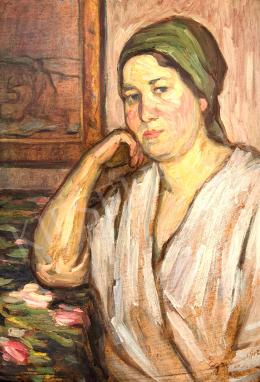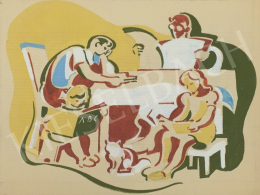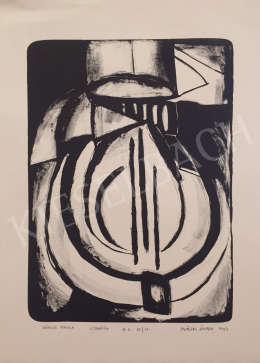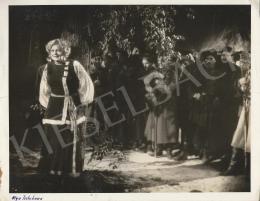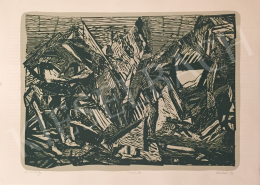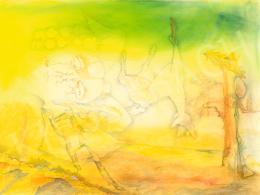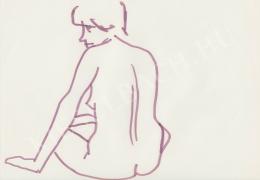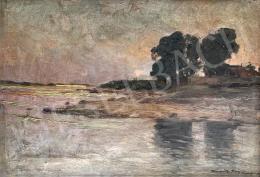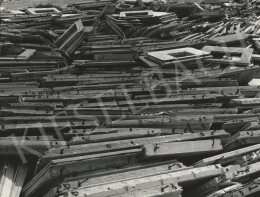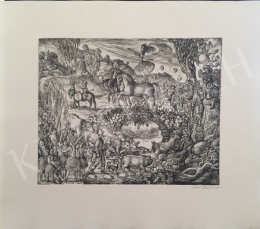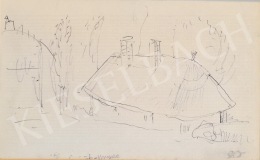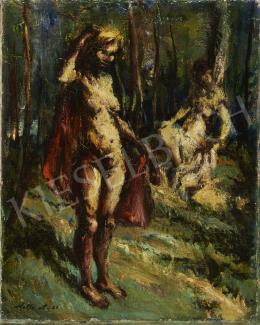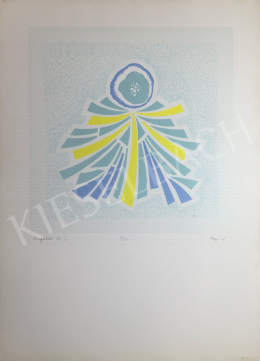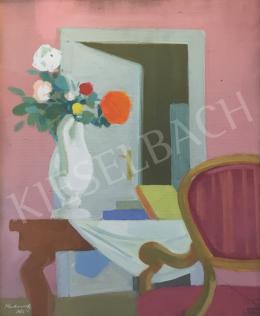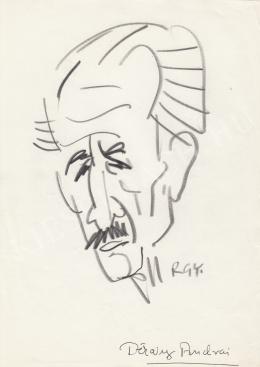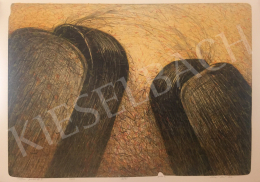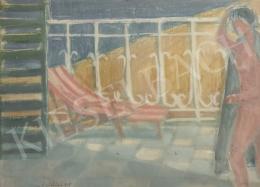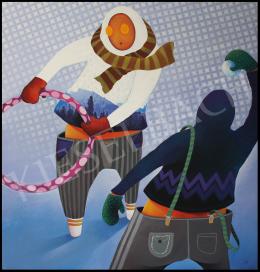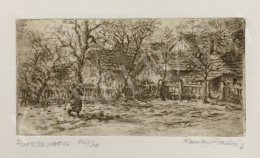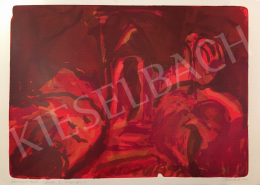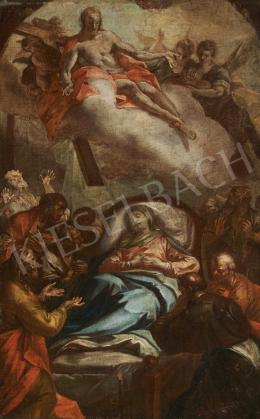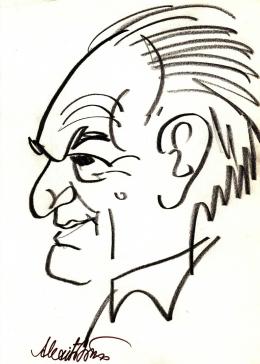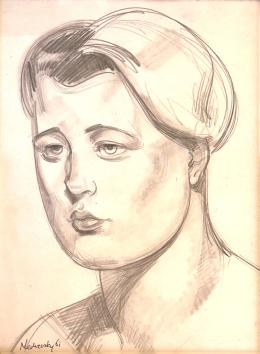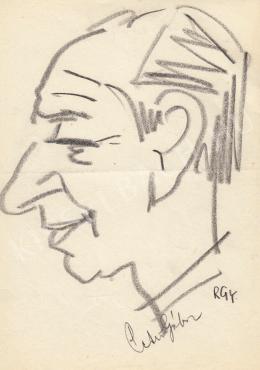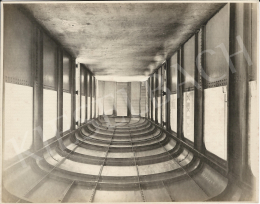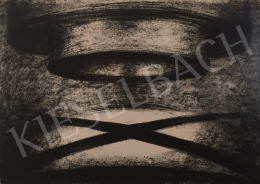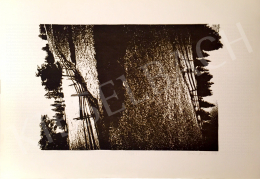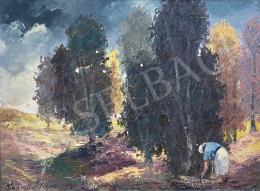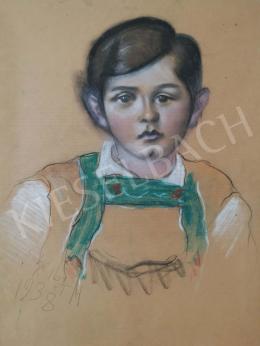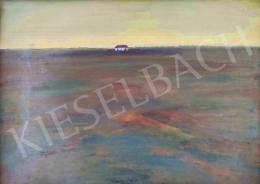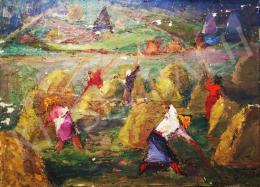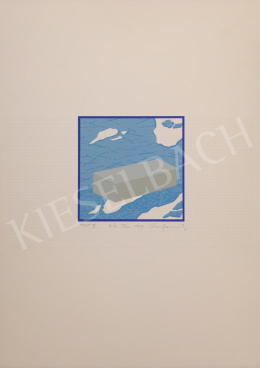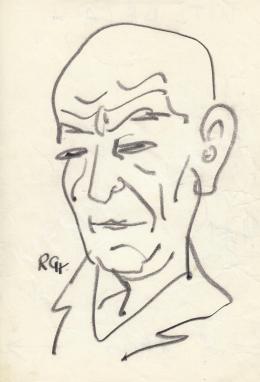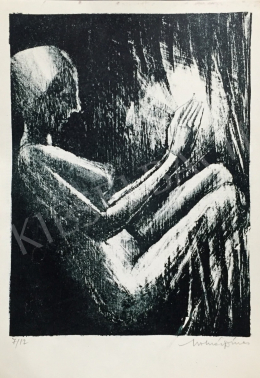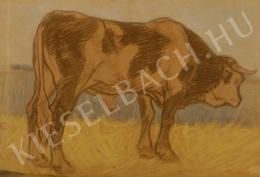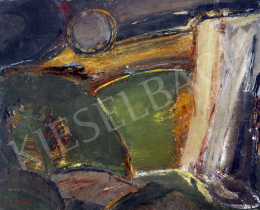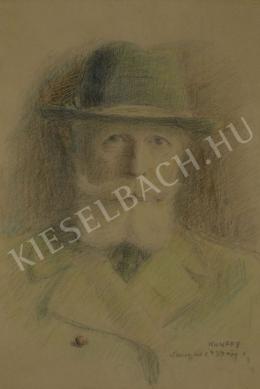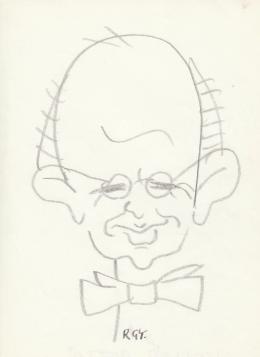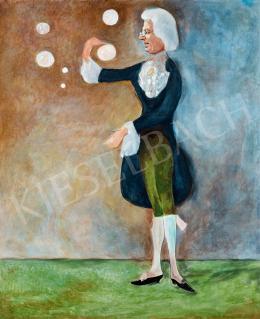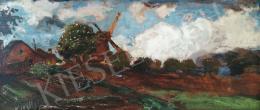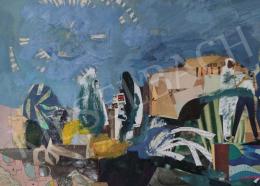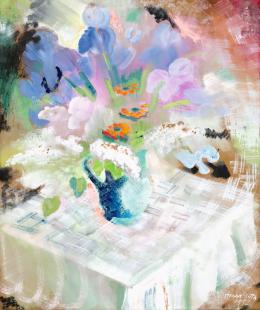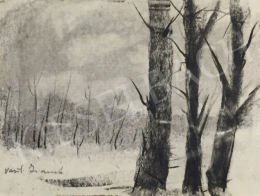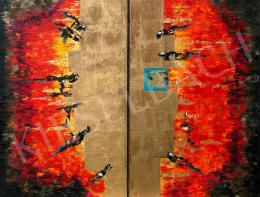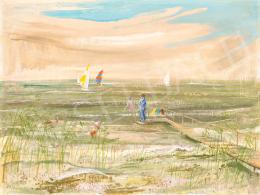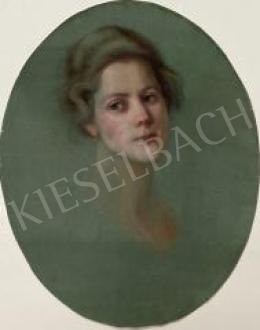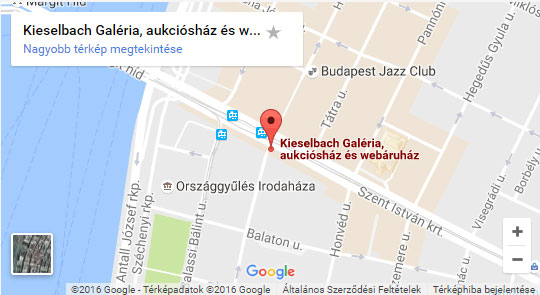Kállai, Ernő: Egry József. Magyar Művészet, 1926/3.
Ártinger, Imre: Egry József. Budapest, 1932.
Farkas, Zoltán: Egry József. Budapest, 1959.
Németh, Lajos: Egry József művészetéről. Művészettörténeti Dokumentációs Központ Évkönyve, 1959-1960. Budapest, 1961.
Láncz, Sándor: Egry József. Budapest, 1973.
Egry breviárium. Ed.: Éri, István. Budapest, 1975.
Egry József arcképe. Ed.:Fodor, András. Budapest, 1980.
Fonay Tibor: Egry József badacsonyi évei. Budapest, 1989.
Egry József 1883-1951. Ed.: Gopcsa, Katalin. Veszprém, 2002.
The picture presented here is one of József Egry's most beautiful pastels, however, it is not typical of the painter's works as it was not inspired by Lake Balaton, the central motif of his pictures. Nevertheless, it fits the Egry-oeuvre organically in both style and form.
Perhaps it is not useless to give an overview of the themes and places that occupied the painter when he was away from Lake Balaton. Egry is said to have painted Lake Balaton even when he was not there. From this point of view, as this study will show, the picture under discussion is a real rarity.
Egry fell in love with Lake Balaton after World War I. Before this period, he was mainly influenced by the symbolist style. The so-called "socialist theme" also appeared on his canvases - he often represented dockworkers in the early pictures made in Budapest. However, there is a huge gap between the heroic figures working on the dock and the sweet lights of the Danube represented in the picture presented here. It is not difficult to find some analogues to Egry's workers: Millet's, Meunier's paintings, and the pictures of the group Nyolcak (The Eight) can be mentioned here. As for the painting under discussion, one can find similar works only in the Egry-oeuvre. The mellowness of the style and technique and the harmonic cheerfulness of the composition all suggest that the picture was painted in the 1930s; though, referring to the monolithic unity of the oeuvre, the date may as well be questioned. A sketch of Egry's life, especially the chronicle of his trips and stays in Budapest can help one further.
After World War I, Egry left Lake Balaton only when it was necessary, and the necessity was usually due to illness. In 1915, he was drafted into the army in Nagykanizsa. He was a non-combatant, which signifies that he was not healthy. The artist had always had problems with his lungs, and an accident in the winter of 1915 made his illness even more serious. He plunged into icy water when the ice broke underneath him, and he had to stay in hospital for months with pneumonia. In 1916, he was sent for a cure to Badacsony where he met Júlia Pauler, his future wife and faithful partner until his death. After the war they lived in the Pauler-cottage in Keszthely and a vine-house in Badacsony but they spent their winters in Budapest. In the 1920s, Egry had exhibitions in Berlin, Dresden, London, and Brussels, but the master did not accompany the pictures. From 1927, they lived permanently in Badacsony, and only his illness could force the artist to leave the hills of the town. In 1929, he went to Újtátrafüred, then in Sicily for six months. It is very interesting to discover that his pictures made in Taormina look exactly like those made at home, at Lake Balaton. In one of his works representing the huge cone of Vesuv, the silhouette of Csobánc or that of Gulács is evoked and the beach of Isola Bella is exactly the same as that he painted of the alleys of Lake Balaton.
Though Egry usually spent his winters in Budapest, he did not paint the city very often. It is also possible that some of his pictures representing his experiences of summer light were painted in winter, since he must have evoked his beloved lake several times in his mind during the cold months. The picture under discussion, however, is a bit different. Although the greenish-bluish hazy, foggy tones, the roundish trees, and the symbolic figures evoke the artist's Balaton-visions, the monumental block of Gellért Mountain and the graceful silhouette of the Elisabeth-bridge make the painting a real panorama of Budapest. The mood of the pastel is also a bit different from those of the Balaton-pictures. The motifs are wrapped in a sweet haze by the twilight. Admiring this masterpiece, the viewer feels sorry that the master did not paint the picturesque promenade more often.






